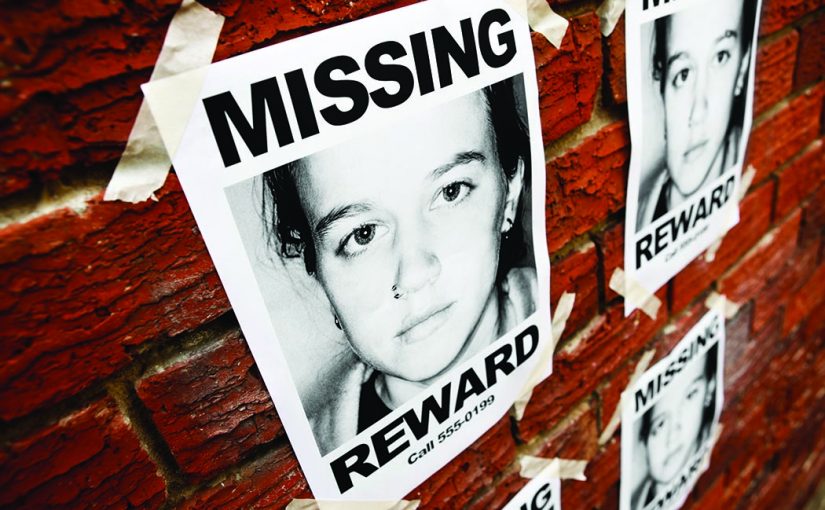
ew laws, increased awareness, and better coordination among government agencies has not led to the identification of the number of human trafficking cases one might expect. This article explores research that pinpoints major barriers to victim identification, explains the disparity between what is known about the prevalence of human trafficking and current rates of identification, and suggests ways to overcome common challenges.
Barriers to Victim Identification
Conventional law enforcement responses to crime are largely ineffective in identifying trafficking victims. Every survey of law enforcement that the National Institute of Justice (NIJ) has funded since the passage of the Trafficking Victims Protection Act in 2000 has made it clear that identifying victims of trafficking is one of the most significant—if not the most significant—human trafficking challenge faced by law enforcement.
The surveys show that the most common ways law enforcement officers report learning about and identifying human trafficking victims is in the course of other investigations, such as drug raids and domestic violence calls.1 In NIJ’s most recent survey of law enforcement, researchers from Northeastern University found the most common way officers become aware of a human trafficking case is through a tip, which comes from varied sources, from service providers to purchasers of commercial sex (johns).2 The increase in tips from the public may indicate that awareness campaigns are raising the public consciousness of trafficking victims.


